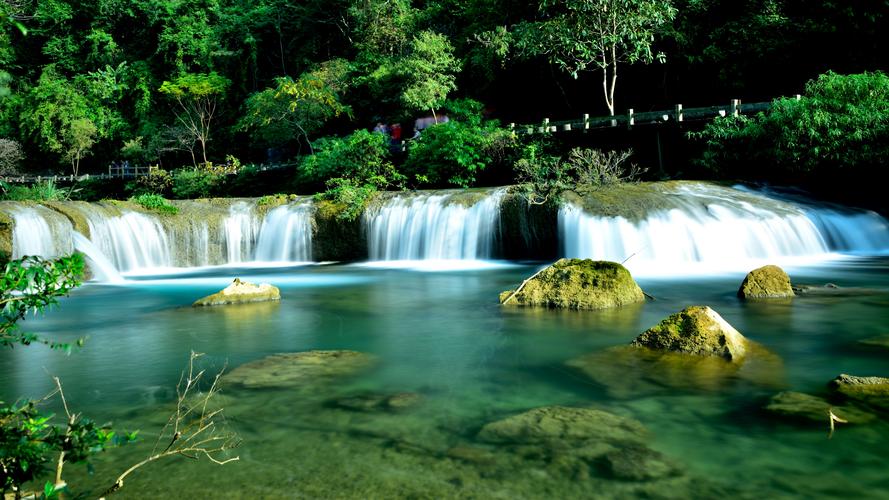Preserving Japan’s Cultural Heritage: Challenges and Solutions
Japan is home to some of the most unique and valuable cultural heritage in the world. From its centuries-old temples and shrines to its traditional crafts and performing arts, Japan’s cultural heritage is a source of pride for the country and a fascination for tourists. However, as Japan continues to modernize and develop, this cultural heritage is under threat. In this article, we explore the challenges and solutions to preserving Japan’s cultural heritage.
Challenges
One of the main challenges facing the preservation of Japan’s cultural heritage is the physical decay and destruction of historic sites and artifacts. Natural disasters such as earthquakes, typhoons, and floods can cause significant damage to cultural properties. For example, in 2011, the Great East Japan Earthquake damaged many heritage buildings and sites in the affected regions. Similarly, aging infrastructure and insufficient maintenance can cause the deterioration of cultural properties over time.
Another challenge is the lack of funding and resources for preservation efforts. Despite the government’s efforts to allocate funds for cultural heritage preservation, the high costs and limited availability of resources often hinder preservation efforts. Furthermore, many cultural sites are privately owned, making it difficult for the government to intervene in preservation efforts.
Solutions
To address these challenges, the government has implemented several preservation measures. For example, the Agency for Cultural Affairs (ACA) has established a registration system for cultural properties and has designated important cultural properties as national treasures, important cultural assets, and historic sites. This designation adds to the prestige and funding available for preservation efforts.
Additionally, the ACA has initiated programs to promote the preservation and restoration of cultural properties, such as the traditional building preservation and restoration program. This program provides technical assistance and financial support to individuals and organizations involved in the preservation of traditional buildings.
Another effective solution is increasing public awareness and participation in cultural heritage preservation. The government is encouraging local residents and businesses to take an active role in preserving cultural heritage. For example, the Nara National Museum in Nara Prefecture has established a volunteer group that helps maintain the cultural heritage site within the museum’s compound.
Conclusion
Preserving Japan’s cultural heritage requires a concerted effort by the government, private sector, and individuals. The challenges of natural disasters, lack of resources, and ownership complexities require multi-faceted solutions. By increasing awareness, providing support, and enforcement of appropriate measures, Japan can continue to protect and conserve its invaluable cultural heritage. In this way, future generations of Japanese and visitors will be able to appreciate and engage with the rich cultural legacy of Japan.
(Note: Do you have knowledge or insights to share? Unlock new opportunities and expand your reach by joining our authors team. Click Registration to join us and share your expertise with our readers.)
